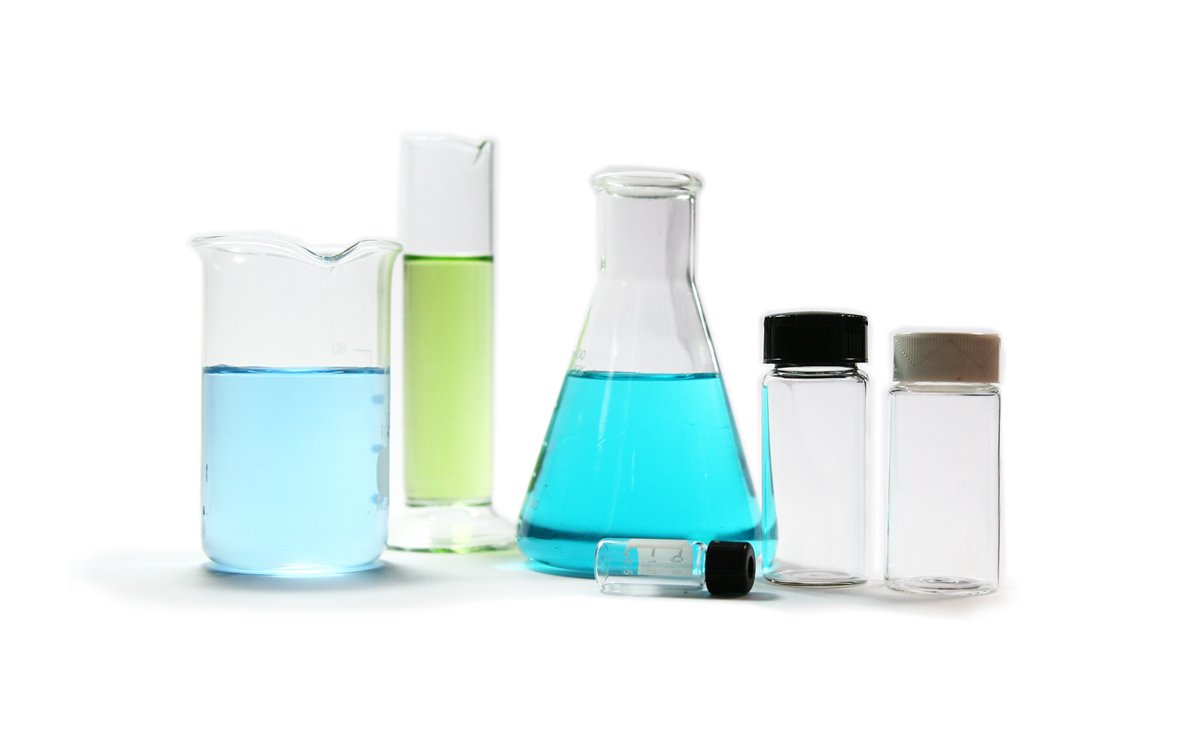Hossein Rahbari 1 , Asadollah Akram 1, * , Maryam Pazoki 2 and Mortaza Aghbashlo 1
1 Department of Agricultural Machinery Engineering, Faculty of Agricultural Engineering and Technology, University of Tehran, Karaj, Iran2 Department of Environmental Engineering, Graduate Faculty of Environment, University of Tehran, Tehran, Iran
* Corresponding author: Department of Agricultural Machinery Engineering, Faculty of Agricultural Engineering and Technology, University of Tehran, Karaj, Iran. Tel:
+98-9123272851, Email: [email protected]
Received 2018 September 15; Revised 2018 December 23; Accepted 2018 December 25
Article link here
Abstract
Increased fossil fuel consumption after the industrial revolution has caused environmental problems and human diseases. It is vital to replace fossil fuels by biofuels, not only for sustainable energy production, but also for the survival of earth and human life. Today, algae have become a potential source of biofuels to supply sustainable energy. Sargassum species are among the most predominant brown macroalgae in seas. Hydrothermal liquefaction is a promising process for biofuel production from biomasses, which uses less energy to produce biofuel compared to other biofuel production techniques. In this paper, the hydrothermal liquefaction was performed on Sargassum sp. macroalgae under three temperature conditions of 250°C, 300°C, and 350°C, both with and without using NiFe2 O4 as a catalyst. The maximum liquefaction yield for the non-catalytic and catalytic processes was 6.85% and 7.20%, which occurred at 300°C and 350°C, respectively. The obtained bio-oil had zero sulfur and low nitrogen (~ 4%) and oxygen (~ 10%) content, which implies that in terms of human health, the bio-oil would be healthy with some upgrading. The bio-oil was mainly composed of n-hexadecanoic acid (57.86%), followed by tetradecanoic acid (5.12%).
Keywords: Fossil Fuel, Sargassum, Macro-Algae, Biofuel, Hydrothermal Liquefaction
